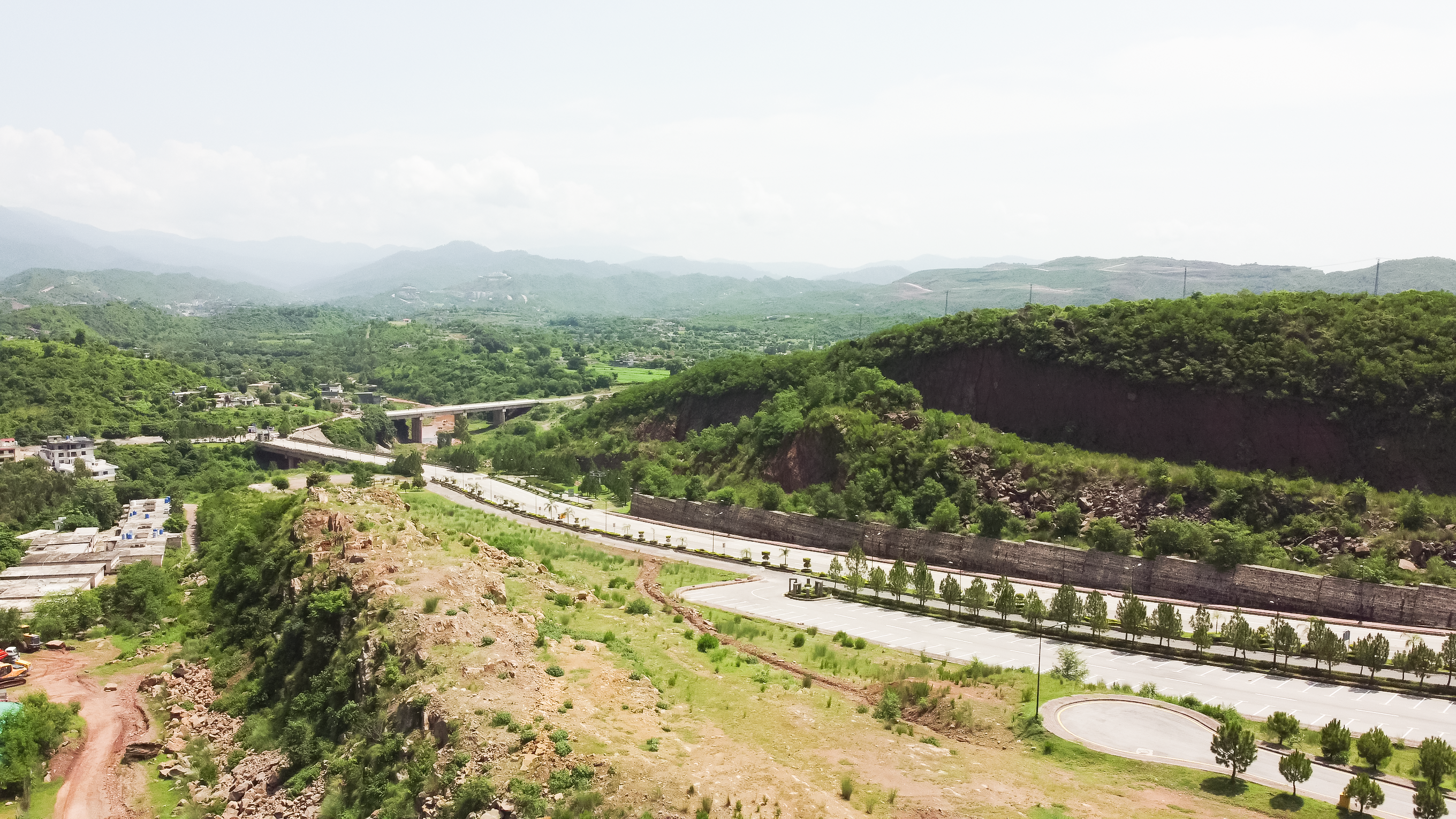In September 2023, Pakistan’s economic landscape witnessed a substantial shift, as the country’s current account balance came remarkably close to breaking even, with a nominal deficit of $8 million. While this figure fell slightly short of market expectations of a surplus, it marks a substantial improvement compared to previous months.
The State Bank of Pakistan (SBP) reported that this deficit was 95% lower than August and 98% lower than September the previous year. For the first three months of the fiscal year 2023-24, the current account deficit decreased by 58% to $947 million, compared to the same period in the previous year.
Key factors contributing to this positive trend include a 19% reduction in imports in September and an 11% increase in workers’ remittances, which played a vital role in narrowing the current account gap. Despite these positive developments, some industries reliant on imported raw materials faced challenges due to the low imports.
The continuation of low imports disrupted the supply chain for raw materials, impacting industrial production and leading to production halts. Reviving imports remains a challenge for Pakistan, given its low foreign exchange reserves and limited foreign investment.
The government has implemented a strategy to remove import restrictions and align import volumes with export earnings and remittances to preserve foreign exchange reserves, prevent overheating of the economy, and maintain a nominal current account deficit.
However, the low imports have put millions of jobs at risk, exacerbating the already high unemployment rate in Pakistan, which is nearing 10%. This situation could push many households below the poverty line.
Despite these challenges, experts anticipate that Pakistan’s economy may stabilise in the second half of the fiscal year, driven by expected investments from Saudi Arabia, African investors in projects like Reko Diq, and the sale of state-owned entities.
Data from the central bank indicates that imports of goods decreased by 24% in the first quarter of fiscal year 2023-24, while workers’ remittances dropped by 20%, and exports of goods dipped by 5% during the same period compared to the previous year.
As Pakistan continues to navigate these economic changes and challenges, the future remains uncertain, but there is hope for recovery and growth, especially with the anticipated influx of international investments and asset sales.
Recent News



